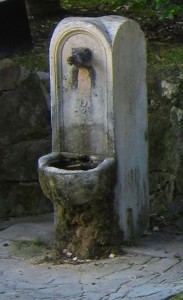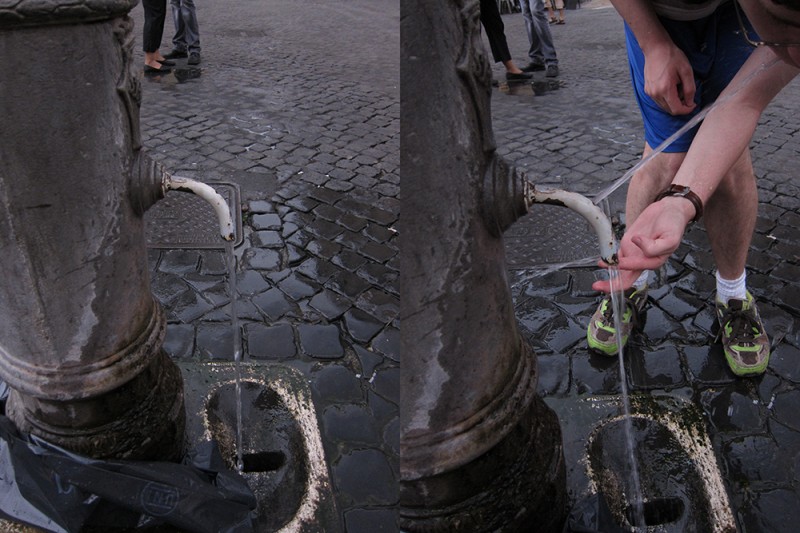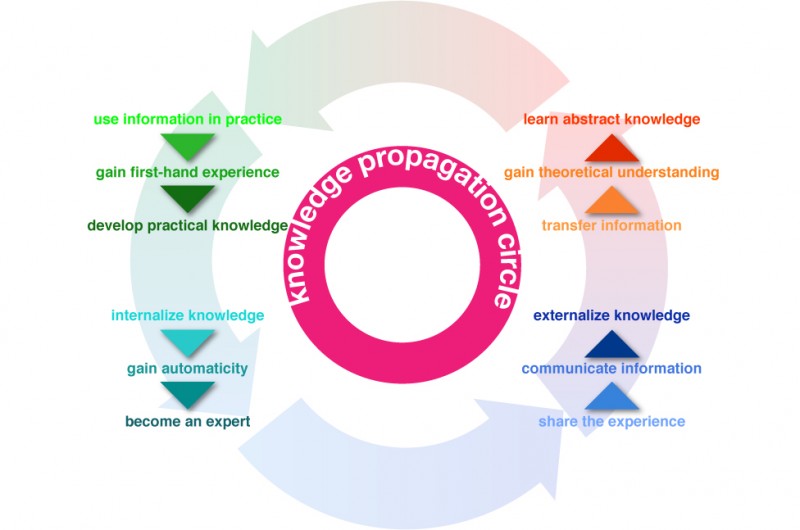 This summer my family and I travelled to Rome. While the temperatures didn’t reach the usual astronomic heights, it was rather warm. But we, and other visitors, didn’t have to worry about thirst. Rome has the best network of public drinking fountains that I have ever seen. Every few blocks, there’s a beautifully-designed basin with a spigot of continuously running water (I know, being from California, the never-ending stream made us very uncomfortable, too).
This summer my family and I travelled to Rome. While the temperatures didn’t reach the usual astronomic heights, it was rather warm. But we, and other visitors, didn’t have to worry about thirst. Rome has the best network of public drinking fountains that I have ever seen. Every few blocks, there’s a beautifully-designed basin with a spigot of continuously running water (I know, being from California, the never-ending stream made us very uncomfortable, too).
There are two bits of information that have to be passed on to the first-time visitors of Rome:
- the water is potable—safe to drink, and
- how to use the fountain—there’s a bit of a trick to them.

Above is my son demonstrating a little secret interaction. There’s a small hole on the top of the pipe that can serve as drinking fountain if the main hole at the end is plugged up (with a finger). While we learned about the great drinking water in Rome from many traveling guides (books, online sites, etc.), we obviously didn’t know about the trick until we watched a pro do it.
Knowledge Propagation Circle
Information propagates through communities. When we first encounter a novel bit of data, it tends to come to us as either a theoretical bit of information encountered in books or taught by an expert or as a observational knowledge, gained by noticing something with our senses.
In case of the Roman drinking fountain, we noticed a gentleman covering up the spigot and making a fountain at the archeological site. Several others were trying to cup some water in their hards and drink it that way—that doesn’t work well (and the hand are probably not the cleanest receptacle for drinking). Below is the arial view of that fountain.
Notice the woman in a green shirt. While she stood in line, waiting for her turn to drink, she learned how to use the water fountain. In the video game world, we call it attract mode. Unfortunately, no one at that time knew how to use the fountain, so all of those people used their hands to get some water. The little hole on the top is hard to spot and the action of blocking the flow is just not that obvious.
From observation and theory, knowledge integration moves to practical application.

Here’s my son again, getting some practical experience and providing examples on use to others.
From practical application, knowledge gets internalized. Expertise is developed. The expertise gets shared with others by teaching through explicit externalization of information. And the circle is complete.
The trick is to build-in the Knowledge Propagation Circle into the design of everyday things—to think of products as part of an ecosystem composed of users with various levels of expertise with the product.



1 comment for “Community of Practice and Knowledge Propagation Circle”